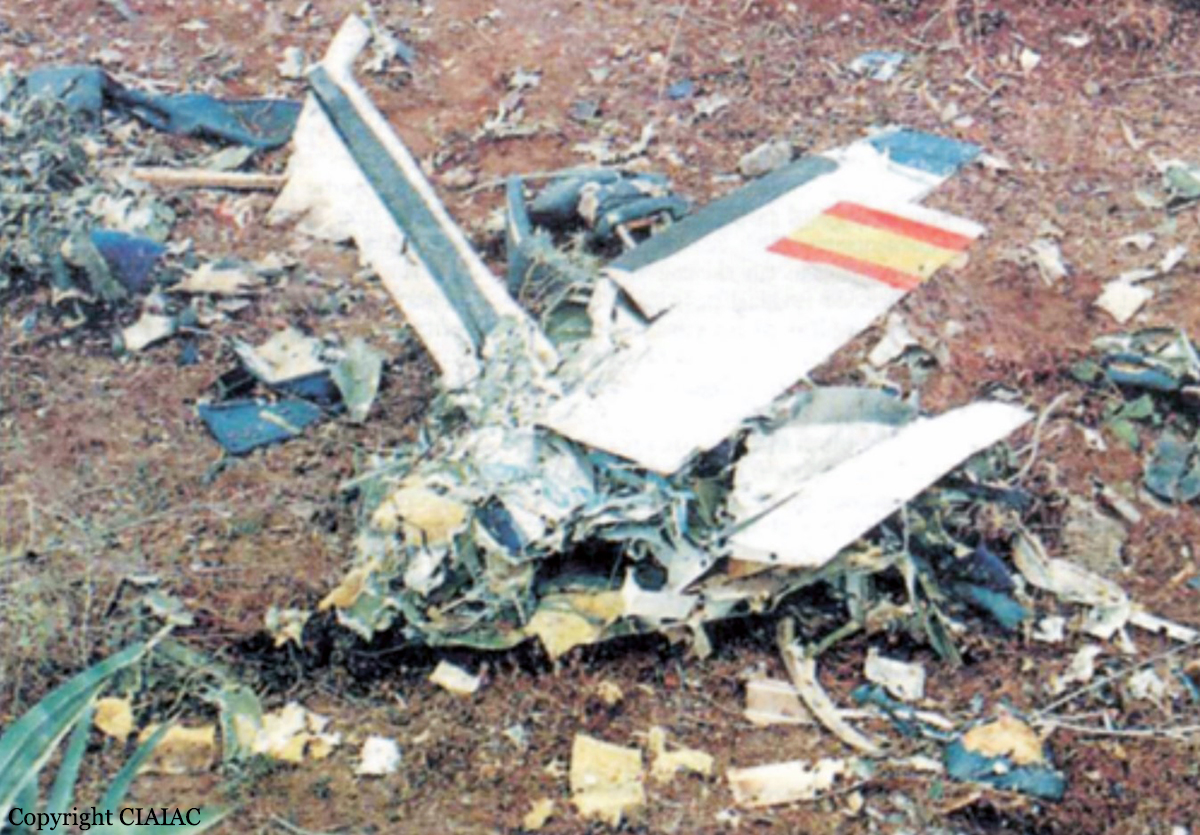Crash of a Cessna 414 Chancellor in Monrovia: 6 killed
Date & Time:
Aug 10, 1999 at 2005 LT
Registration:
N373BC
Survivors:
No
Schedule:
Harper - Monrovia
MSN:
414-0411
YOM:
1973
Crew on board:
1
Crew fatalities:
Pax on board:
5
Pax fatalities:
Other fatalities:
Total fatalities:
6
Circumstances:
The twin engine aircraft departed Harper on a charter flight to Monrovia, carrying five police officers and one pilot. On a night approach to Monrovia-Roberts Airport, the aircraft crashed in unknown circumstances 4 km short of runway. The aircraft was destroyed and all six occupants were killed.


